Why Dogs Roll In Poop and Other Stinky Things
It never fails: after giving your puppy a bath so he looks and smells lovely, he runs outside and rolls in poop. Dogs and puppies live through their n
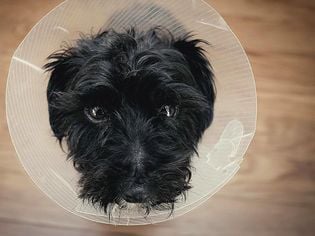
Spaying dogs is a common practice, but what is it, how is it done, and how does it affect your dog? Learn why you might want to have your dog spayed so you can decide whether or not to go forward with the procedure. Many people confuse spaying with neutering. Spaying is a surgical procedure to remove the ovaries and uterus from female dogs and neutering is a surgical procedure to remove the testicles from male dogs.
The word "spay" is a common term for ovariohysterectomy. This is a surgical procedure that involves the removal of a female dog's reproductive organs. A spay must be performed under general anesthesia by a veterinarian. The procedure will permanently stop the dog from having heat cycles and being able to reproduce. In some cases, veterinarians will remove just the ovaries and leave the uterus intact. This procedure is called an ovariectomy, but its effects are essentially the same as with an ovariohysterectomy.
Dogs are typically spayed in order to eliminate the possibility of reproduction, but there are many other benefits to the procedure, including:
Dogs are often spayed around the age of six months, before the reproductive system is active. Puppies adopted from animal shelters may be spayed even earlier to ensure that the procedure is performed. In some cases, it is beneficial to delay spaying, for instance when a dog has a recessed vulva that predisposes it to infections or to reduce the risk of orthopedic diseases in some large breeds.
While spaying is best thought of as a preventative measure performed in young animals, older dogs may need to be spayed after their show or reproductive career is over or to treat diseases of the ovaries and uterus and other medical conditions.
Complications are uncommon during a routine spay. However, the procedure is not without risks. As with any surgical procedure, potential complications include anesthesia reaction, excessive bleeding, bruising, and infection. Some dogs may develop hormone-related urinary incontinence.
It's important for a veterinarian to thoroughly examine the dog and perform lab work prior to surgery. These procedures may reveal health issues that increase the dog's risk of complications during and after surgery. In cases where an underlying health problem is found, the veterinarian may recommend further diagnostics, like additional lab work, radiographs, ultrasound, and additional lab tests prior to anesthesia. The vet may adjust the anesthesia protocol for the dog's safety. Or, the vet may decide that anesthesia is not safe for the dog at this time.
Overall, the prognosis for recovery is excellent in healthy dogs.
Spaying is routine surgery. In general, the full process around the spay will last about one to two hours (from the time anesthesia starts until the dog is awake). The spay surgery itself typically takes about 30 minutes. Here's what happens during the different phases of the spaying surgery:
Most dogs recover very quickly from spay surgery. However, it is important to keep your pup rested and relatively inactive for a week or two after the surgery to allow for proper healing. Running and jumping too soon can irritate the tissue in the abdomen, causing inflammation and pain. It can also make sutures tear, possibly causing internal bleeding or the incision to open up. Too much activity can slow the healing process and lead to complications.
The dog must also be kept from licking the incision. As the incision heals, discomfort or itching may lead the dog to lick the area. This introduces bacteria and causes irritation, which can lead to an infection. In extreme cases, dogs can also chew out their sutures.
The vet may send the dog home with an Elizabethan collar, known informally as an "e-collar." The collar resembles a lampshade and blocks the dog from licking the incision. Most dogs dislike the collar, but it's better than having to go back to surgery or risk infection of the surgical wound.
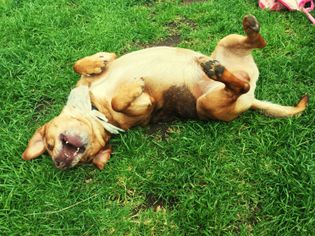
It never fails: after giving your puppy a bath so he looks and smells lovely, he runs outside and rolls in poop. Dogs and puppies live through their n
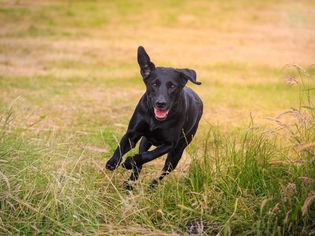
Has your dog ever started running around like a maniac for no apparent reason? Some dogs get sudden bursts of energy that seem to make them go from ze
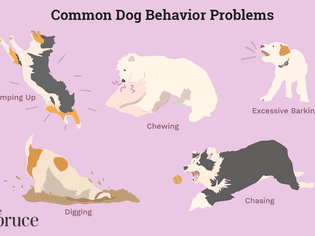
Dog behavior problems are often misunderstood or mishandled by dog owners. Perhaps you are new to dog ownership, considering getting a dog, or just wi

Whether it is directed towards you or another family member, a stranger, or another animal, an aggressive dog can not only be very frightening but may

When you add a second dog to your household, it's important to start things off right and allow it to be properly introduced to your current dog. It m
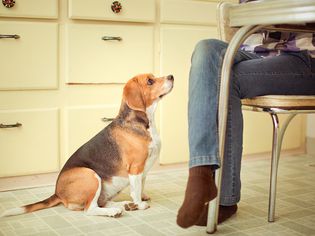
Begging is a common behavior problem faced by dog owners. While teaching a dog to beg on cue is a cute trick, it can be frustrating to have your dog h
We are an information hub dedicated to delivering clear, trustworthy, and engaging content across a wide spectrum of topics — from innovation and trends to daily life, wellness, and global developments.
Our team is passionate about creating content that helps people stay curious, make informed decisions, and understand the world with greater clarity and context.
With a focus on quality, relevance, and accessibility, we aim to offer a meaningful experience for everyone seeking knowledge, ideas, and thoughtful perspectives.